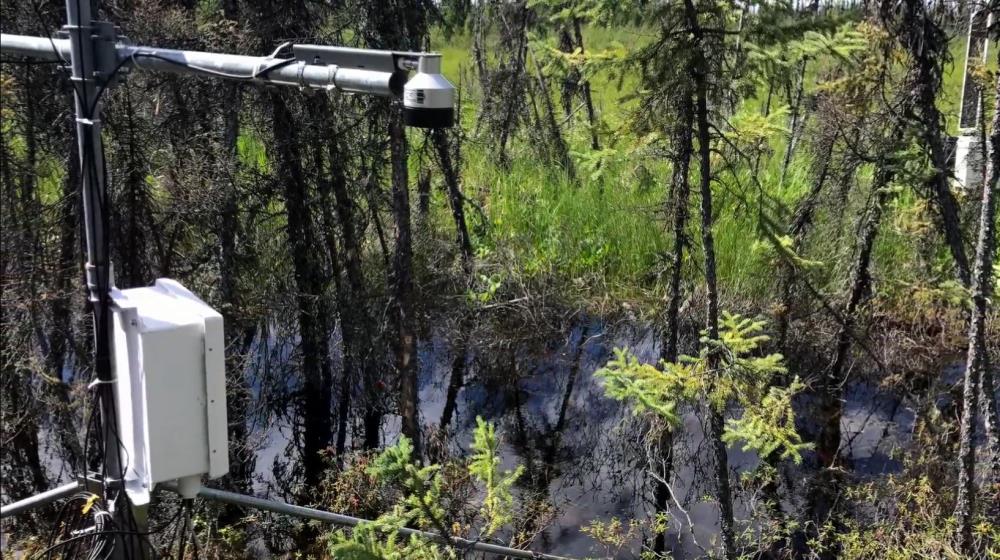
Related items loading ...
Section 1: Publication
Publication Type
Journal Article
Authorship
Remmer, C. R., Owca, T., Neary, L., Wiklund, J. A., Kay, M., Wolfe, B. B., & Hall, R. I.
Title
Delineating extent and magnitude of river flooding to lakes across a northern delta using water isotope tracers
Year
2020
Publication Outlet
Hydrological Processes, 34(2), 303-320
DOI
ISBN
ISSN
Citation
Remmer, C. R., Owca, T., Neary, L., Wiklund, J. A., Kay, M., Wolfe, B. B., & Hall, R. I. (2020). Delineating extent and magnitude of river flooding to lakes across a northern delta using water isotope tracers. Hydrological Processes, 34(2), 303-320.
https://doi.org/10.1002/hyp.13585
Abstract
Hydrological monitoring in complex, dynamic northern floodplain landscapes is challenging, but increasingly important as a consequence of multiple stressors. The Peace-Athabasca Delta in northern Alberta, Canada, is a Ramsar Wetland of International Importance reliant on episodic river ice-jam flood events to recharge abundant perched lakes and wetlands. Improved and systematic monitoring of landscape-scale hydrological connectivity among freshwater ecosystems (rivers, channels, wetlands, and lakes) is needed to guide stewardship decisions in the face of climate change and upstream industrial development. Here, we use water isotope compositions, supplemented by measurements of specific conductivity and field observations, from 68 lakes and 9 river sites in May 2018 to delineate the extent and magnitude of spring ice-jam induced flooding along the Peace and Athabasca rivers. Lake-specific estimates of input water isotope composition (δI) were modelled after accounting for influence of evaporative isotopic enrichment. Then, using the distinct isotopic signature of input water sources, we develop a set of binary mixing models and estimate the proportion of input to flooded lakes attributable to river floodwater and precipitation (snow or rain). This approach allowed identification of areas and magnitude of flooding that were not captured by other methods, including direct observations from flyovers, and to demarcate flow pathways in the delta. We demonstrate water isotope tracers as an efficient and effective monitoring tool for delineating spatial extent and magnitude of an important hydrological process and elucidating connectivity in the Peace-Athabasca Delta, an approach that can be readily adopted at other floodplain landscapes.
Plain Language Summary


 GWFNet
GWFNet Master
Master Research
Research Map
Map
 Advanced
Advanced . . .
. . .

 Metadata Editor
Metadata Editor
 Record List
Record List
 Alias List Editor
Alias List Editor
 Legacy sites
Legacy sites